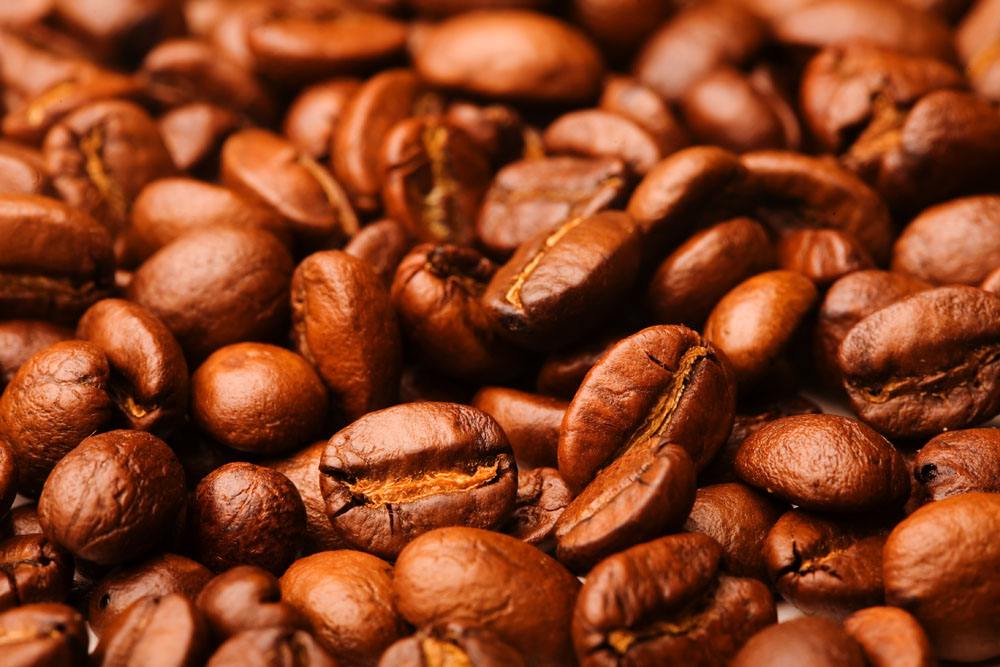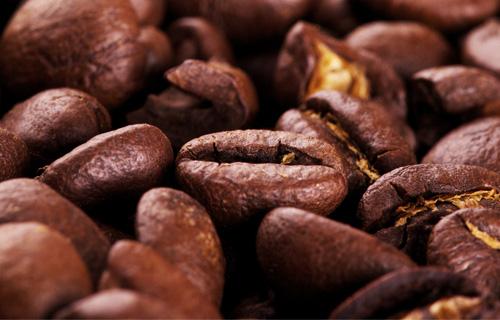The reason for the good quality of Yemeni coffee, the coffee history of Yemen
Follow the caf é (Wechat official account vdailycom) and found that Beautiful Cafe opened a small shop of its own.
In the coastal plain of the Red Sea in western Yemen, the climate and soil and water conditions are not suitable for growing coffee, and coffee is mainly produced in the western mountains. Mocha coffee grows in the mountains at an altitude of 3000 meters, where the geographical environment is unique, the mountain is rugged, the air is thin, the light is strong, and the water comes from rainfall and mountain springs, which make mocha coffee special aroma and taste. The local farmers carved out fertile terraces on the hillside. To this day, coffee is still grown in the same way in these areas as it was three or four hundred years ago, relying entirely on artificial labor, never using any chemical fertilizers or pesticides, and relying on sunshine, Rain Water and unique soil to grow pure natural Yemeni coffee. In fact, coffee grown in Haiti, Ethiopia and the West Indies belongs to the same ancestry as Yemeni coffee, and many of them are known as mocha coffee. However, for a variety of reasons, their taste and aroma are very different from those of mocha coffee produced in Yemen.

Yemeni coffee is also picked and processed entirely by hand. The preliminary processing of coffee beans is made by drying and drying naturally in the sun. This method is the most primitive and simple, without any machinery or cleaning, so sometimes there are a small amount of sand and pebbles in Yemeni coffee beans. At present, only Brazil, Haiti and a few parts of India still use drying method to treat coffee beans. The coffee roasting process is also done entirely by hand, and the heat depends entirely on experience and feeling. Every process from planting, picking to roasting is done in the oldest way, and although the roasted beans are of different colors, it is this aroma mixed with rugged and wild flavors that makes the unique Yemeni mocha coffee. No wonder some people call Mocha "the diamond in the crown of Asian coffee".
Mokamadali (Mokha Mattari): the most famous coffee market name in the province of Bani Mattar (another word for Bany Mattar) from the western part of the Yemeni capital Sana'a. Coffee is produced at high altitude, usually with a good aroma of red wine, dry fruit, thick taste, deep-roasted and often bitter sweet chocolate. Good quality Madali beans are small in shape, with sweet wine and moderate ripe fruit fermentation flavor of raw beans. Always the winner because of the more obvious Yemeni style.
Mokha San'ani: a widespread market name for coffee from some growing areas west of the Yemeni capital Sana'a. It is a mixture of beans from tens of thousands of small farms on the hillside near the capital San'a (left, Sana'a, Yemen). Planted at a slightly lower altitude than Madali, generally speaking, it tastes thinner and less acidic, but it has a good fruit flavor and often has better ripe fruit and wild game than Madali. According to my experience, the quality of Sanani varies greatly in recent years, and sometimes there are inferior goods with flat flavor, fishy smell and excessive fermented flavor. Careful cup testing and selection is a must for coffee makers to do their homework and must not be lazy.
Mokha Ismaili: one of the traditional ancient tree species, a market name for famous coffee from central Yemen, is also described as a plant classification of traditional Yemeni coffee with high beverage quality. Planted at a high altitude of more than 6500 feet, the beans are characterized by a more round shape, smaller beans than Madali, thick taste and high complexity. In general, they often outperform Madali. This is the least produced and most expensive Yemeni mocha (Yemeni mocha is no longer cheap). The high-quality Mokayishi Mary is produced in Hirazi (although it is famous as Bani Matar, it is the best-known local reputation in Yemen). The highest elevation in Hirazi is 8000 feet.
Mokha Rimi: produced in the Djebel Remi (also known as Raimi, Rayma) area, the quality is similar to that of Shannani, which is usually slightly fermented, occasionally with surprisingly strong sweet aromas of raisins, and when roasted properly, the coffee beans smell like opening a full-bodied bottle of jam.
Mokha Yafeh: produced in the southern Yemeni province of Yafeh (also known as Yaffe), it belongs to the uncommon Yemenmoka. It is the only "southern flavor" in Yemen, and its production is small. Almost all of it is sold to the neighboring United Arab Principality, and it is rarely seen in the international boutique coffee market.
Arabian mocha: a coffee of single origin in the mountains of Yemen from the southwestern tip of the Arabian Peninsula bordering the Red Sea. The best cultivated coffee in the world is famous for its high viscosity and special acidity of rich wine.
The Yemeni mocha has achieved different genres according to the planting areas, such as the chocolate and sour taste of the MATTARI mocha, and the rough and fragrant taste of the SANANI mocha.
Important Notice :
前街咖啡 FrontStreet Coffee has moved to new addredd:
FrontStreet Coffee Address: 315,Donghua East Road,GuangZhou
Tel:020 38364473
- Prev

Description of altitude Flavor of Coffee growing area in Yemen
Following Kaiping (official Wechat account vdailycom) found that the Beautiful Cafe opened a small shop of its own in Yemen, where coffee growers planted poplars to provide shade for coffee trees to grow. As in the past, these trees are planted on steep terraces to maximize the use of less rainfall and limited land resources. Except for Tippica Coffee Tree and Bourbon Coffee Tree.
- Next

Yunnan coffee bean planting area, Yunnan coffee bean introduction
Following Cafe (official Wechat account vdailycom) found that the western and southern parts of Yunnan Province are located between 15 N and the Tropic of Cancer. Most areas are between 1000 m and 2000 m above sea level. The topography is mainly mountainous and sloping, with large undulation, fertile soil, sufficient sunshine, abundant rainfall and great temperature difference between day and night. These unique natural conditions have formed.
Related
- Detailed explanation of Jadeite planting Land in Panamanian Jadeite Manor introduction to the grading system of Jadeite competitive bidding, Red bid, Green bid and Rose Summer
- Story of Coffee planting in Brenka region of Costa Rica Stonehenge Manor anaerobic heavy honey treatment of flavor mouth
- What's on the barrel of Blue Mountain Coffee beans?
- Can American coffee also pull flowers? How to use hot American style to pull out a good-looking pattern?
- Can you make a cold extract with coffee beans? What is the right proportion for cold-extracted coffee formula?
- Indonesian PWN Gold Mandrine Coffee Origin Features Flavor How to Chong? Mandolin coffee is American.
- A brief introduction to the flavor characteristics of Brazilian yellow bourbon coffee beans
- What is the effect of different water quality on the flavor of cold-extracted coffee? What kind of water is best for brewing coffee?
- Why do you think of Rose Summer whenever you mention Panamanian coffee?
- Introduction to the characteristics of authentic blue mountain coffee bean producing areas? What is the CIB Coffee Authority in Jamaica?

